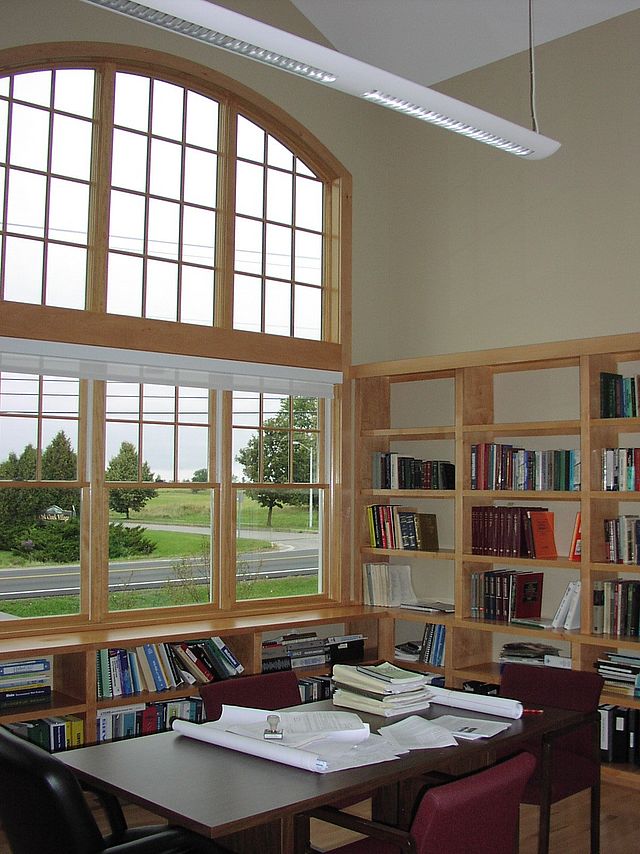What is Circadian Lighting? Why do we need to know about it?
When we adopt good daylighting practices in a building design, we are incorporating circadian lighting. Circadian lighting, by definition, is ambient light that simulates the color spectrum and intensity of daylight. Of course, we don’t live in a climate where every day is perfectly sunny. We also live on a planet where there are many more hours of available daylight in the summer than in the winter, unless you live in the tropics.
Factoid: Burlington, VT has an average of 58 sunny days (up to 30% cloud cover) and 101 partly sunny days (40-70% cloud cover during the daytime). Over the year, we get 49% of the potential available sunshine.
Suffice it to say that circadian lighting in buildings is more important in some climates and parts of the world than others. Or is it? Very few buildings have critical access to daylight in every occupied space during the day. So, anyone who spends a majority of their time indoors is likely not experiencing anything close to circadian lighting unless it is brightly lighted (more than 50 footcandles) with neutral to cool color light in the late morning hours. Unless you live in a glass house, the amount of natural daylight we experience when indoors is usually not sufficient to provide “circadian stimulus”.
Circadian stimulus. This is a new metric created by researchers at Renssaellaer Polytechnic Institute (RPI). It is a calculated measurement that allows us to describe the amount and color characteristics of light needed for effective circadian light exposure in architectural spaces. It is important to note that effective circadian stimulus can be achieved with either daylight or artificial light, or a combination of the two. While the quantity and color spectrum of the light is important in terms of circadian stimulus, the timing of exposure is critical. Late morning exposure to light is critical to regular resetting of circadian cycles. Late day exposure to bright, cool color light is detrimental to these same cycles. This has to do with the regulation of the body’s own production or suppression of melatonin.
Why is melatonin production and circadian stimulus important for human health? Light is the main stimulus that helps reset the body’s circadian rhythm. If disruption occurs to this 24-hr cycle, we experience detrimental effects to physiological functions, neurobehavioral performance, and sleep. This is why we need to pay more attention to not only the kind of light we are using, but also when we are experiencing it.
I will delve into the issue of Circadian lighting and its most important applications more deeply in a weekly blog post at www.lightspacedesign.net. Of great relevance to architects and interior designers, please stay tuned for the latest developments in circadian lighting – at the root of Lighting and Health.
Donna Leban, AIA LC principal of Light/Space/Design is an architect specializing for over 20 years in lighting/daylighting design and control technology application. She consults with clients and architects as well as engineers on projects of all types, from residential to academic environments, retrofit to new construction, and outdoor area and street lighting.






